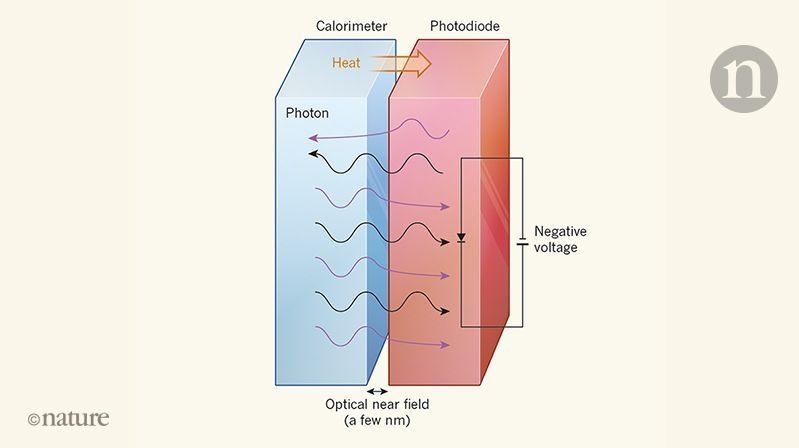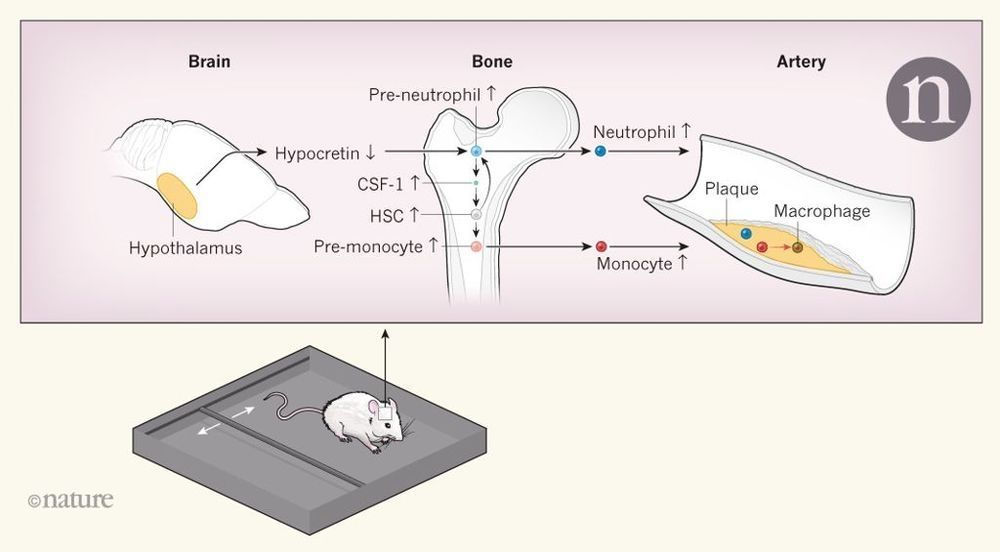These hovering taxis are a cleaner, faster way to travel on water.
Get the latest international news and world events from around the world.
Leading in the Future
Ladies Monday with Nancy Giordano.

Machine learning unlocks plants’ secrets
Plants are master chemists, and Michigan State University researchers have unlocked their secret of producing specialized metabolites.
The research, published in the latest issue of Proceedings of the National Academy of Sciences, combined plant biology and machine learning to sort through tens of thousands of genes to determine which genes make specialized metabolites.
Some metabolites attract pollinators while others repel pests. Ever wonder why deer eat tulips and not daffodils? It’s because daffodils have metabolites to fend off the critters who’d dine on them.
New pill can deliver insulin
An MIT-led research team has developed a drug capsule that could be used to deliver oral doses of insulin, potentially replacing the injections that people with type 1 diabetes have to give themselves every day. About the size of a blueberry, the capsule contains a small needle made of compressed insulin, which is injected after the capsule reaches the stomach. In tests in animals, the researchers showed that they could deliver enough insulin to lower blood sugar to levels comparable to those produced by injections given through skin. They also demonstrated that the device can be adapted to deliver other protein drugs.
Capsule that releases insulin in the stomach could replace injections for patients with type 1 diabetes.


Fresh evidence overturns the identification of a factor involved in blood-vessel dilation
In the life-threatening condition known as sepsis, the body responds to infection by inducing widespread biochemical changes that make the situation worse, some of which can lead to a severe decline in blood pressure. Several molecular factors that alter the constriction of blood vessels are involved in this decline, including nitric oxide, prostaglandins and oxidants such as hydrogen peroxide. In 2010, kynurenine — a metabolic product of the amino acid tryptophan — was identified as another factor that causes blood vessels to widen during sepsis. Writing in Nature, Stanley et al. (who work in the same laboratory as the researchers who identified kynurenine) now say that they got the wrong culprit.
Nine years ago, the compound kynurenine was reported to be responsible for the dilation of blood vessels during a potentially fatal inflammatory condition. New evidence has now identified the true culprit. A re-evaluation of a factor involved in vasodilation.

Small research teams ‘disrupt’ science more radically than large ones
The current infatuation with large-scale scientific collaborations and the energy they can bring to a scientific domain owes much to the robust correlation that exists between citation impact and team size. This relationship has been well documented in the emerging ‘science of science’ field. Writing in Nature, Wu et al. use a new citation-based index to nuance this conventional wisdom. They find that small and large teams differ in a measurable and systematic way in the extent of the ‘disruption’ they cause to the scientific area to which they contribute.
The application of a new citation metric prompts a reassessment of the relationship between the size of scientific teams and research impact, and calls into question the trend to emphasize ‘big team’ science. The disruptive contributions of small teams to science.

Optical cooling achieved by tuning thermal radiation
When two bodies are at different temperatures and not in direct contact with each other, it is generally assumed that thermal radiation (heat) will be transferred from the hotter body to the colder one. If the distance between the bodies is larger than the dominant thermal wavelength (about 10 micrometres at room temperature), there is a maximum heat-transfer rate, known as the black-body limit. Writing in Nature, Zhu et al. report that an electronic device called a photodiode can cool a solid that is colder than the photodiode when the two objects are in each other’s near field — that is, when they are separated by a distance much smaller than the thermal wavelength. This demonstration could have a tremendous impact on the fields of cooling and heat management.
It is well established that solid objects can be cooled by harnessing the properties of laser light. A laser-free technique that attains such cooling by tuning thermal radiation could have many practical applications. A method for near-field optical cooling.

How broken sleep promotes cardiovascular disease
Most people have at some point echoed Macbeth’s complaint about the loss of “sleep that knits up the ravelled sleeve of care”. Sleep disorders, such as obstructive sleep apnoea (when breathing temporarily stops, causing both sleep disruption and lack of oxygen in blood) and sleep deprivation, have been associated with an increased risk of atherosclerosis and its harmful cardiovascular effects,. Atherosclerosis is characterized by the formation of ‘plaques’ in arteries, as white blood cells enter the artery wall, take up cholesterol and other substances from the blood and trigger an inflammatory response. However, the mechanisms linking sleep disruption and atherosclerosis have been largely unknown. Writing in Nature, McAlpine et al. show that persistent sleep disruption causes the brain to signal the bone marrow to increase the production of white blood cells.
McAlpine et al. studied mice that were prone to developing atherosclerosis. The authors induced sleep fragmentation by moving a bar intermittently across the bottom of the animals’ cages during their sleep period (Fig. 1), and compared these animals with animals that slept normally. They found that mice with sleep fragmentation had more-severe atherosclerosis, which was paralleled by increases in the production of white blood cells in the bone marrow and in the numbers of monocytes and neutrophils — two types of white blood cell — in the blood. These effects were absent if the bar was moved when the mice were fully awake. Stress activates the sympathetic nervous system (which is associated with the ‘fight-or-flight’ response), and such activation increases the production of white blood cells and atherosclerosis in other experimental settings. However, the authors did not find evidence for a role of sympathetic activation in their setting.

Potential food allergens in medications
Imagine taking medicine oblivious to the fact that a food allergy can effect you taking simply medicine.
Certain substances derived from foodstuffs are used as excipients in drugs and vaccines for their pharmaceutical properties. Some of these food-derived excipients contain food proteins either intentionally or unintentionally as contaminants. As such, patients who have IgE antibodies directed against these food proteins are theoretically at risk for allergic reactions when exposed to the food proteins in the medications. However, such reactions are quite rare, usually because the amount of food protein is not present in a large enough quantity to elicit a reaction or because the particular protein is not a common allergen. When the food protein appears as an unintentional contaminant, the amount of protein, if any, that is present might be variable and might elicit reactions only from some lots of medication that happen to contain more of the food protein or illicit reactions only in patients who are exquisitely sensitive or happen to have IgE antibodies directed against a particular epitope in the contaminating protein. In most circumstances these medications should not be routinely withheld from patients who have particular food allergies because the overwhelming majority will tolerate the medications uneventfully. However, if a particular patient has had an apparent allergic reaction to the medication, allergy to the food component should be investigated as a possible cause. Even in this circumstance (ie, an allergic reaction to a medication in a patient allergic to a particular food and the presence of the food protein in the medication), the food protein would still have to be demonstrated to be causal by using appropriate testing because other allergens present in the medication could have been the cause or the medication might be capable of non–IgE-mediated mast cell degranulation.